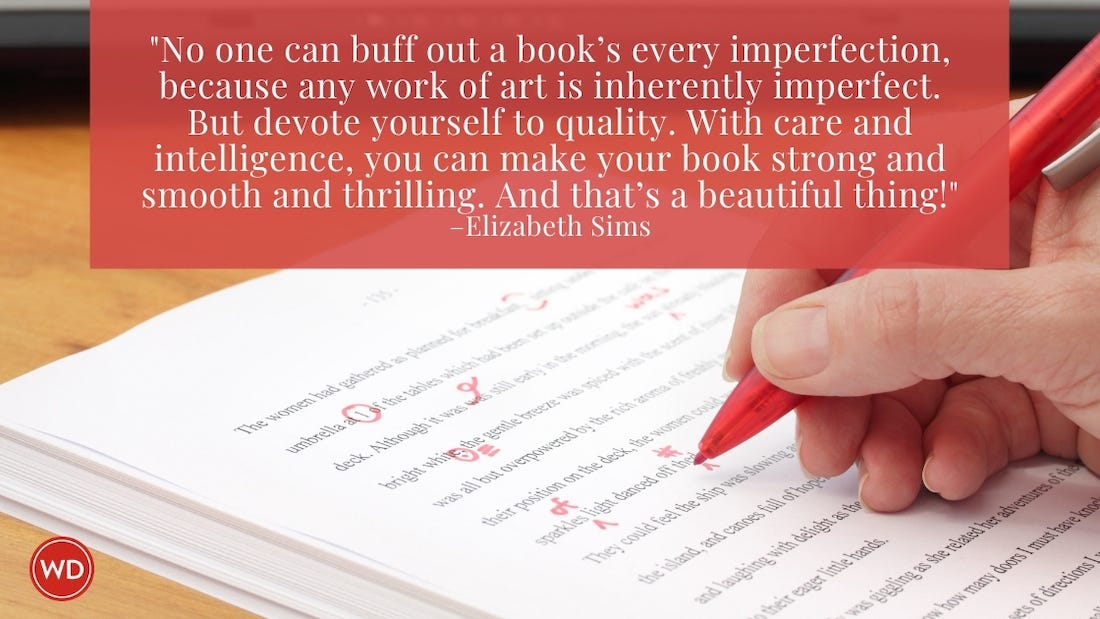Accelerate the Pace with “Invisible Writing”
The Writer’s Book of Wisdom by Steven Taylor Goldsberry John Saul tells a great story about invisible writing. Saul is a best-selling author for two reasons: First, because kids suffer…
John Saul tells a great story about invisible writing. Saul is a best-selling author for two reasons: First, because kids suffer and die in his books. And second, because of pacing. The narrative races. His secret is "invisible," a strategy he illustrates with a story about the time he spent all day composing a description of a building. His editor loved the writing but told him to cut the paragraph. Her question: "How does this relate to the plot?" Saul bargained and go to keep half, but then the copy editor cut the remaining passage. "It doesn't forward the plot," he said. Lesson learned. The novel read better without it.
Pacing is word count. Minimum word count.
Invisible writing delivers just the bare essentials. Saul's readers had to find out what strange episodes occurred in the building; it's architecture mattered only as a reflection of that strangeness. Saul wrote about "a glittering highrise," "out of place" in Boston, and the readers provided the structure in their imaginations , allowing the text to rush forward with pure narrative.
To quicken your pace, you trim physical detail, avoid analysis, and stick to action.
Scott Francis is a former editor and author of Writer's Digest Books.









